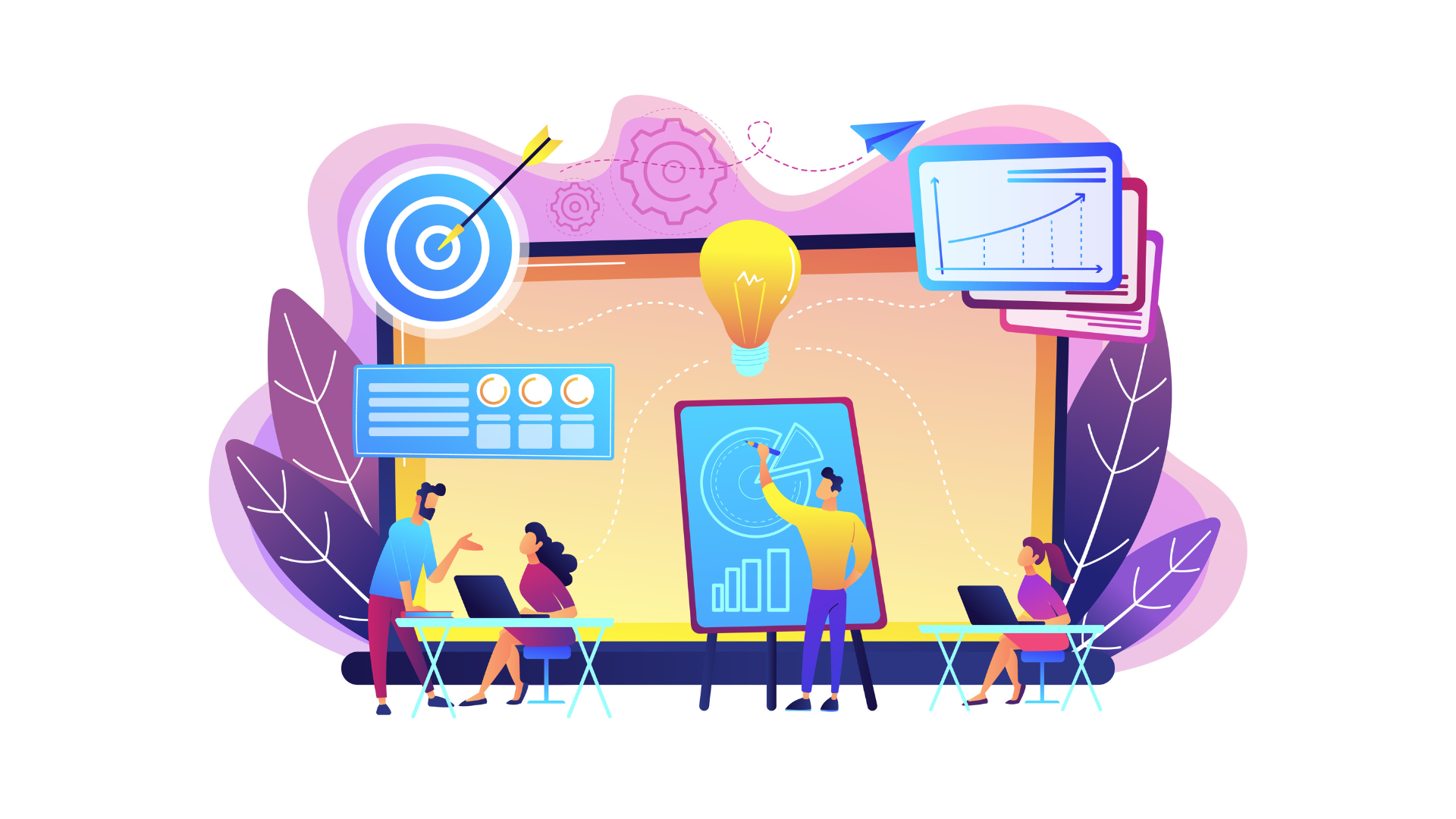
All companies agree on one thing: More revenue is always better.
And one way that companies generate high revenues is through cold outreach. But how can a company scale outreach for maximum impact with minimum cost? That’s the key question many marketers and salespeople struggle with.
Building a solid outreach strategy to generate leads and make more sales isn’t an easy task, and definitely isn’t something you can complete in one go.
Constructing a sales pipeline is an ongoing process that requires continuous re-strategizing and management to effectively generate leads and close deals in an evolving environment. But with a well-designed and maintained pipeline, you can (almost) sit back and watch your business scale.
In this article, we’re giving B2B companies like yours a step-by-step guide to scaling your sales pipeline, from the basics of goal-setting to the complications of writing emails and connecting with the right people and finally, automating the process to keep your business scaling smoothly.
Step 1: Set Your Goals
The first step in improving your outreach is nailing down your campaign goals. Having a clear objective is one of the most important factors leading to any successful campaign because it helps ensure your campaign is designed to work according to your ability and resources.
You need a clear reason why you’re reaching out to your prospects. Your goals need to be realistic, attainable, and measurable. Defining the specifics of your goal helps to align a concrete plan for achieving it, and helps you notice when the strategy isn’t effective so you can refocus right away.
Some examples of B2B goals you can set include:
- Increase monthly recurring revenue by 20% MOM
- Convert 15,000 more leads into customers per month
- Reach out to 10 more companies in the Fortune 500 this week
- Re-engage past clients to increase income by 20% this quarter
Whether your outreach goal is to increase sales by 50% in the next three months or develop your first cold email list including 500 potential leads in the next six weeks, your goal must be at the forefront to drive your outreach strategy to success.
Step 2: Optimize Your Lead Generation Strategy
After setting your goal, the next step is to take action on how you can achieve that objective—which is to optimize your lead generation strategy.
Your leads will be the ones helping your business increase your sales and build your customer base, so the lead generation stage should focus on getting first impressions of your brand from your potential customers.
This step can be the make-or-break contributor to the health of your pipeline, so ensure your lead-generation efforts are directed at the right audience by asking yourself the following questions:
- Do we have a solid picture of our ideal customer? Are we effectively reaching them?
- Are we communicating with them through the right channels?
- Are our messages relevant and practical?
- Are we scoring and prioritizing high-potential leads?
- Can we pinpoint any gaps and opportunities in our strategy where we can improve?
Of course, you can create your questions depending on what’s necessary for your strategy.
Asking these questions is crucial because it helps you optimize your lead generation strategy from the beginning. Conversely, if you’re running with a sloppy process, it sets your marketing and sales team on an uphill battle of converting prospects to paying customers.
Step 3: Talk to the Right Person
Now that you have an email list of the companies you want to reach out to, the next step is ensuring you’re talking to the right person. Doing so helps you make more sales and build your network. This is especially important for B2B brands with multiple higher-ups calling the shots, so make sure you’re reaching out to the decision-makers and not merely gatekeepers.
How do you know who a decision-maker is and who’s just the spokesperson?
When creating your cold lead list, look at each contact’s social profile to find the person’s job title, income information, and any other necessary data that defines them as the purchase decision-maker. Engaging with your past and current clients can make it easier to figure out who holds the purse strings.
For example, if you’re targeting to sell a product to a large company with a $150 million monthly revenue it might be best to contact the Chief Marketing Officer (CMO). A company as busy as that will have a CEO who’s more inclined to improve business partnerships than business operations.
However, if you’re trying to engage with a smaller business with an annual revenue of $2 million, talking to the CEO directly might be the best choice. Not saying that it’s because he has got nothing better to do, but a company that small usually relies on the CEO to make all the decisions when it comes to improving the whole business.
Of course, you’ll have to use your best judgment case-by-case. By talking to the right person, you get direct contact with your audience and a better understanding of their needs, and you save both yourself and your lead’s time.
Step 4: Personalize Outreach
Now that you’re talking to the right person, it’s time to up the ante by personalizing your outreach message, whether it’s a phone call, social media message, or email. People want to feel special and don’t appreciate generic messages that sound like they’ve been sent out to everyone in the target market.
Personalization just doesn’t help you look good. It also directly affects your ROI. Personalized outreach has a 6x higher transaction rate compared to generic outreach.
Step 5: Automate Your Campaign
Compared to a decade ago when outreach was mostly done manually, advanced technology has improved marketing. 72% of successful companies have scaled quicker and easier using outreach automation to speed up manual tasks and provide high-quality, human-like customer service.
Automating your campaign can help keep your businesses running smoothly. For example, you can use message scheduling to send your messages and emails at the perfect time for your prospect. Or you can automate your follow-up messages to ensure you’re not missing any potential customers during the campaign and improve your conversion rate.
The key to success is to find the perfect balance between automation and human interaction. This means automating as many processes as possible to scale and streamline your strategy while maintaining the human element where it’s most meaningful.
When used effectively, automation helps you deliver meaningful experiences to much bigger audiences and scale your pipeline without sacrificing your quality standards.
Grow Your Outreach Pipeline Effectively
Cold outreach is a powerful tool, but perfecting your strategy, let alone scaling it, can be time-consuming and daunting.
To make the process easier, plan out your outreach strategy using the five steps we’ve provided in this article. Do thorough research into your potential customer’s needs, behaviors, and preferences. Then, find the right person to talk to about your products and services to increase your chances of receiving a yes and making a sale.
And to make your outreach easier to scale, automate your campaign to ensure you’re reaching out to a wider audience without losing track of high-quality leads.
If you want to do it more effectively and efficiently, you can always partner with outreach experts like ScaleUpSales. With us, you can reach out to more prospects and scale your outreach strategy quickly.
Grow your outreach strategy pipeline with professionals. Contact us today!


